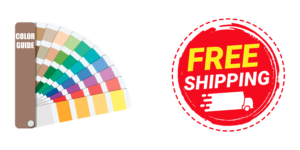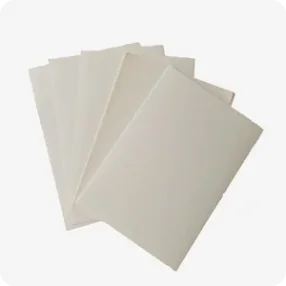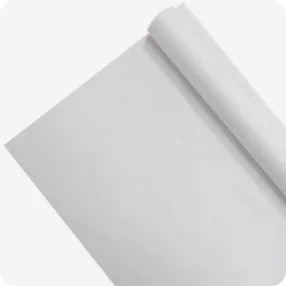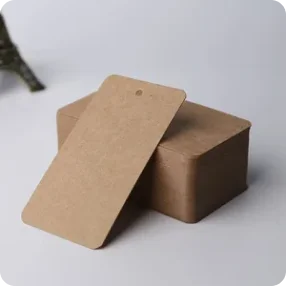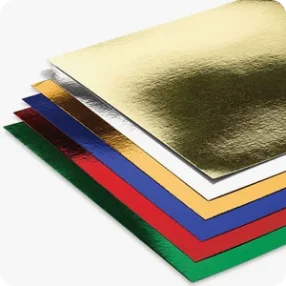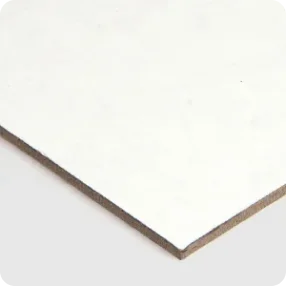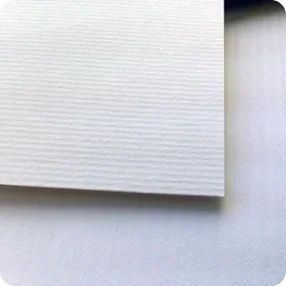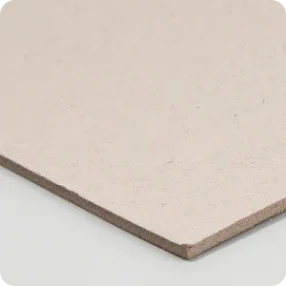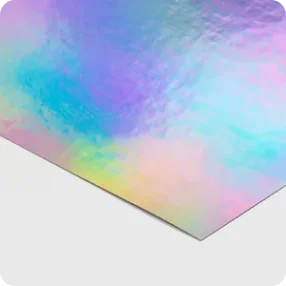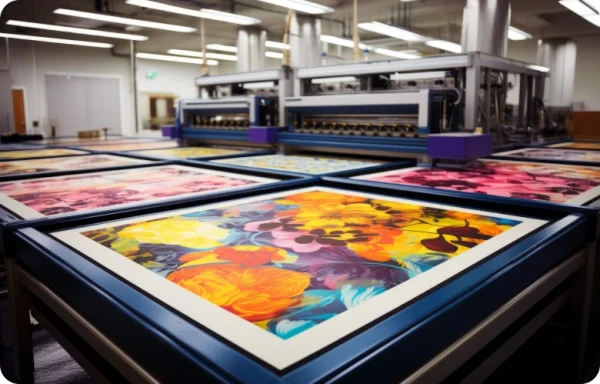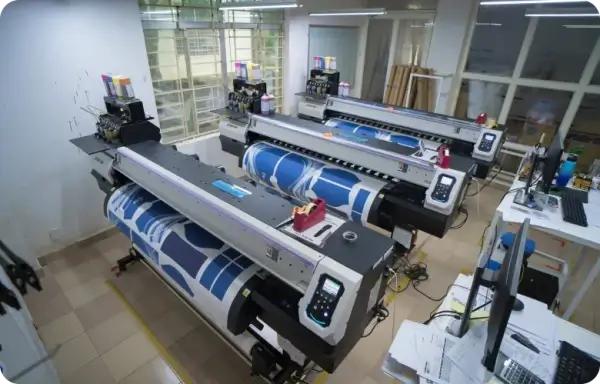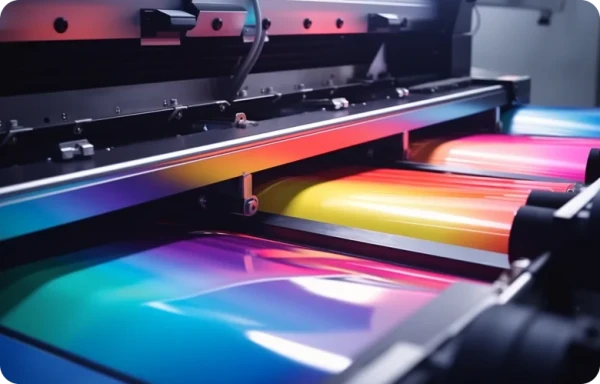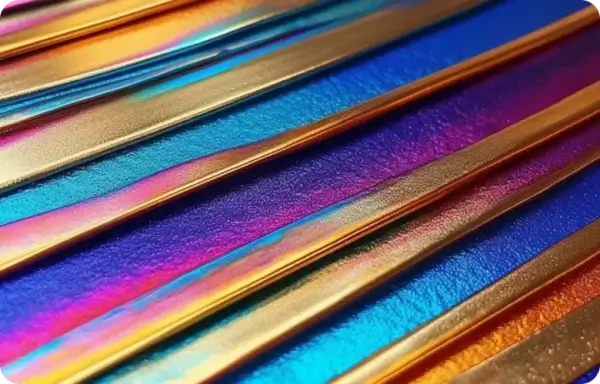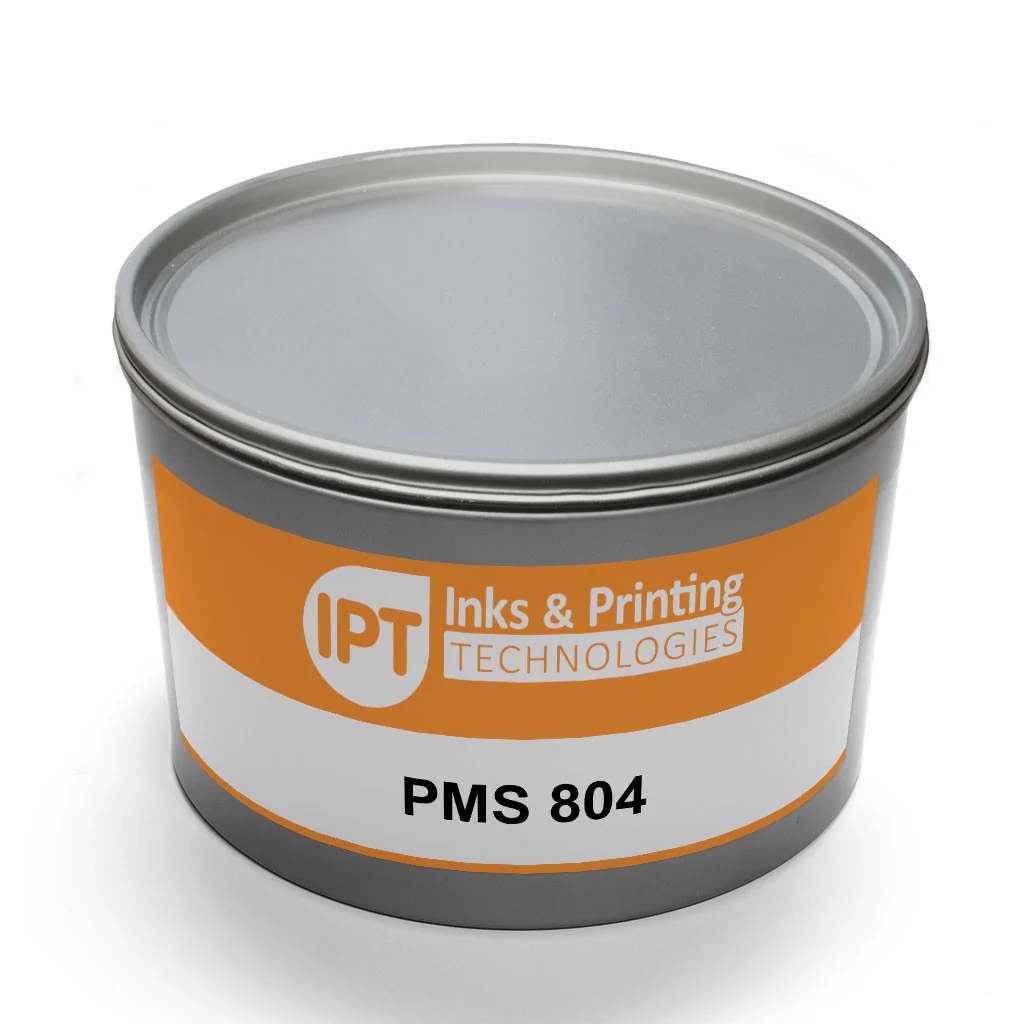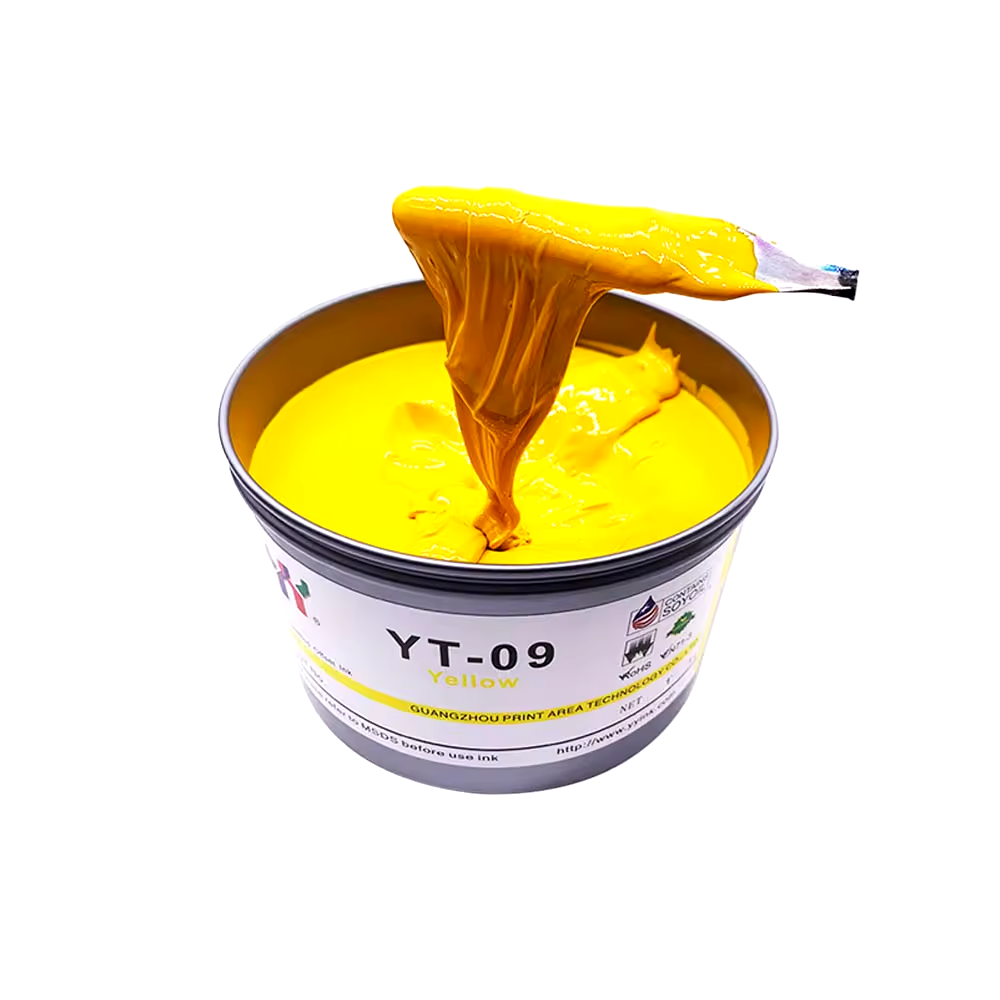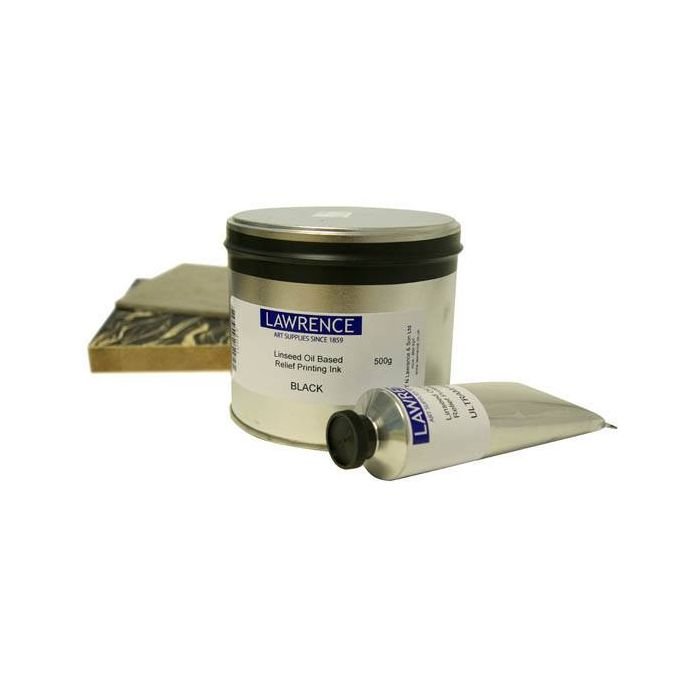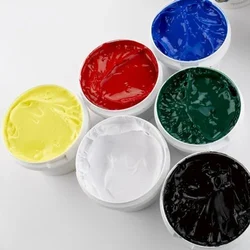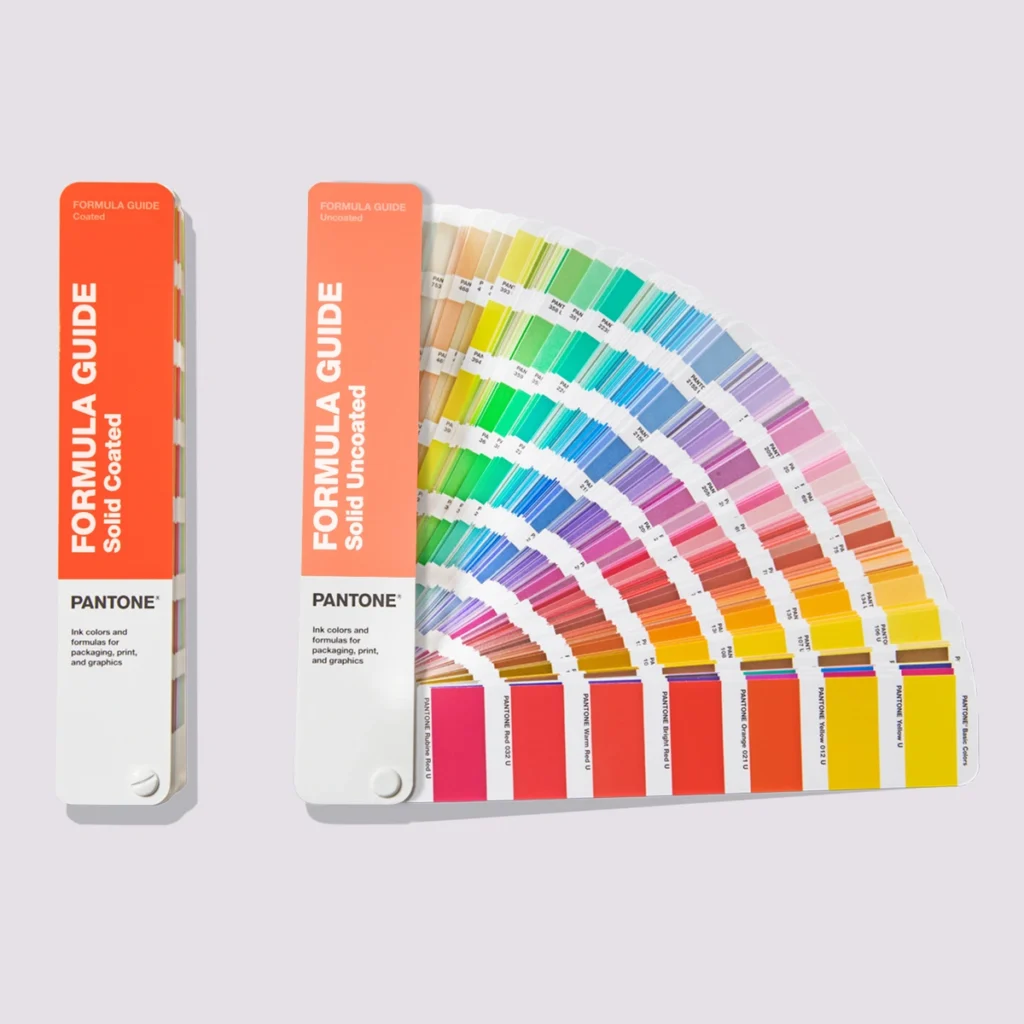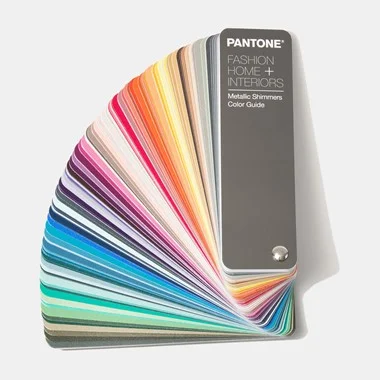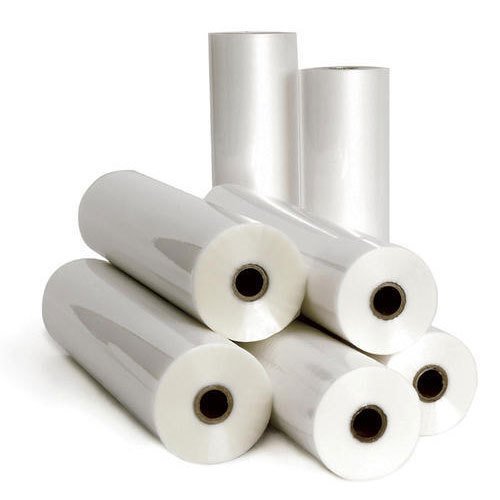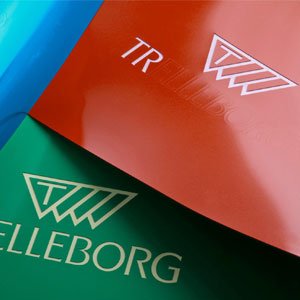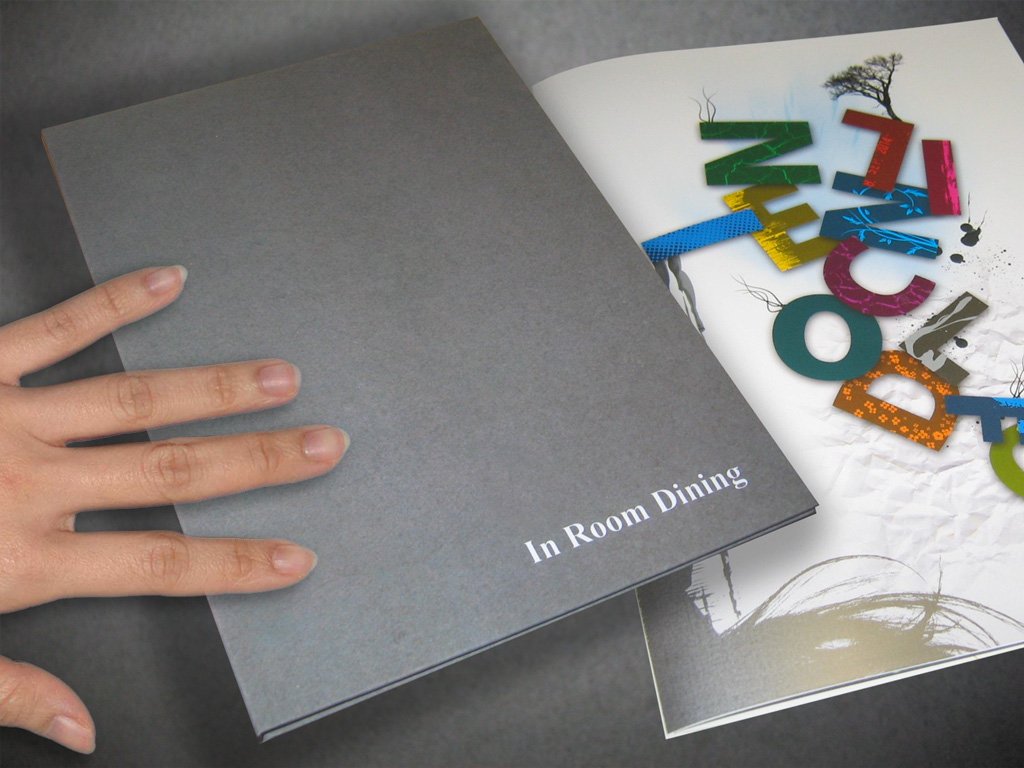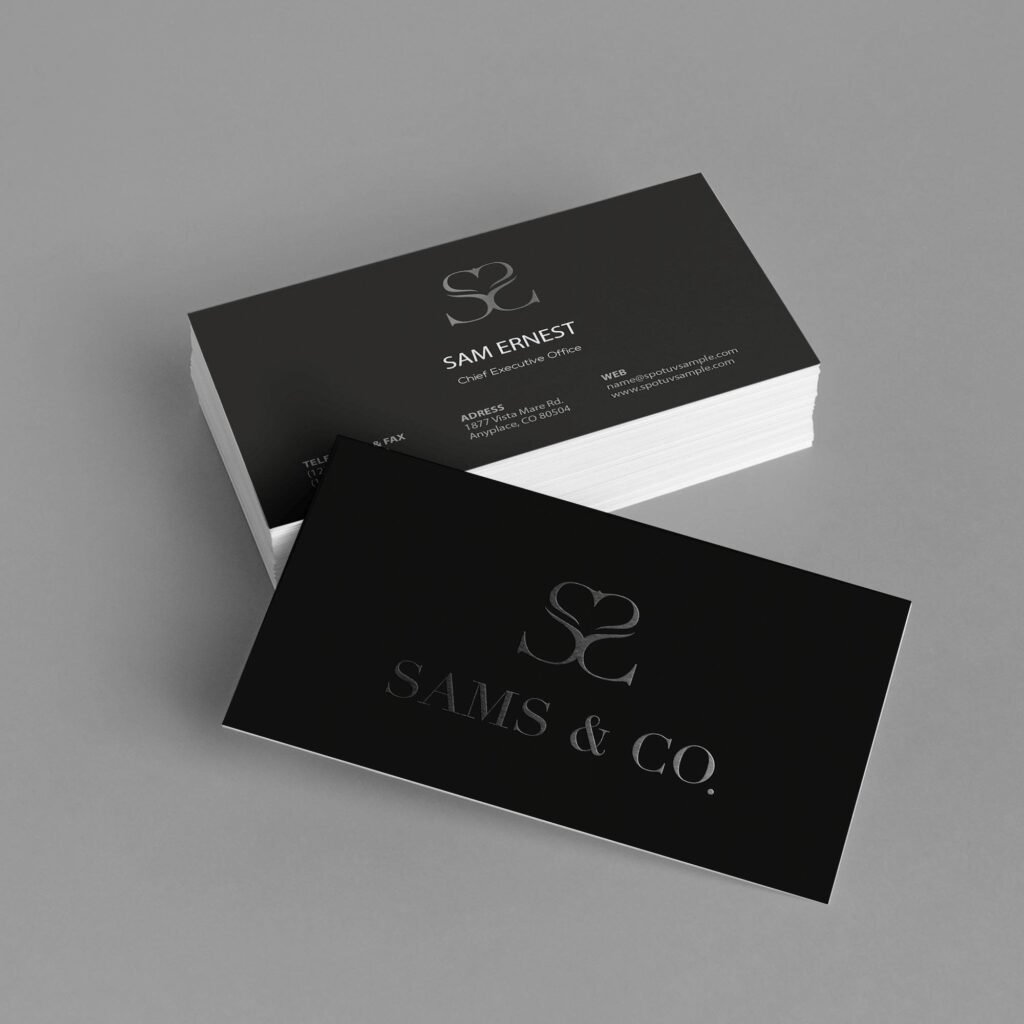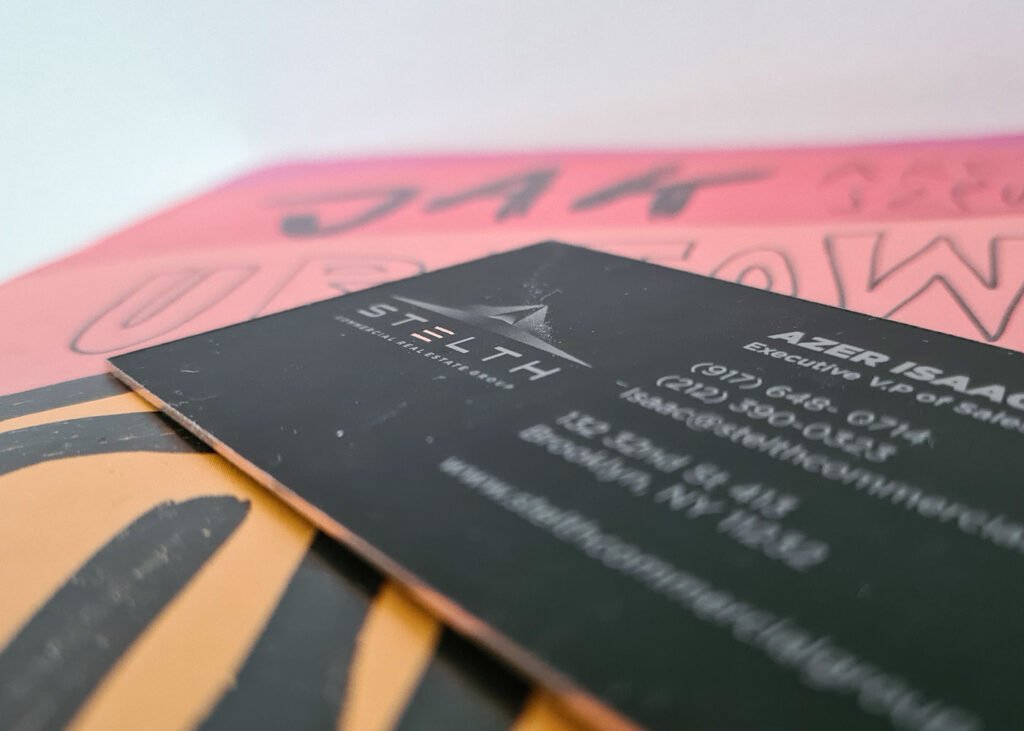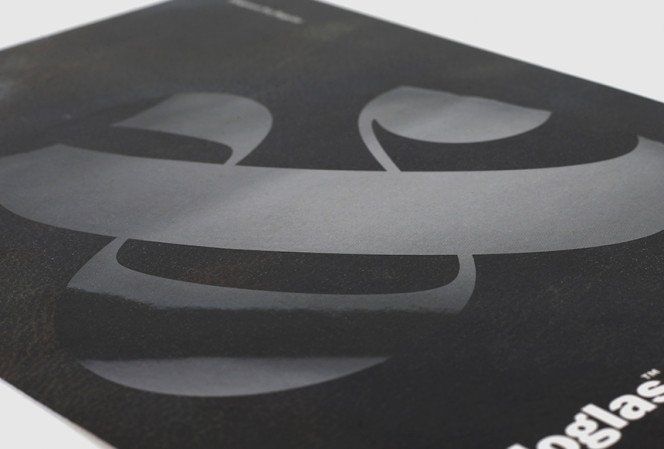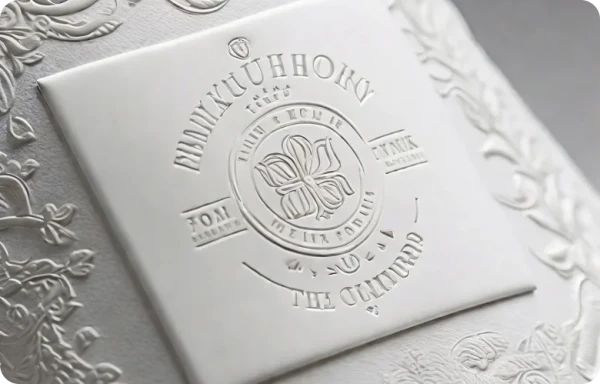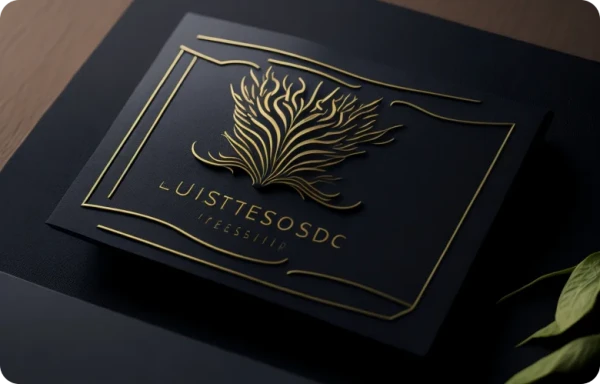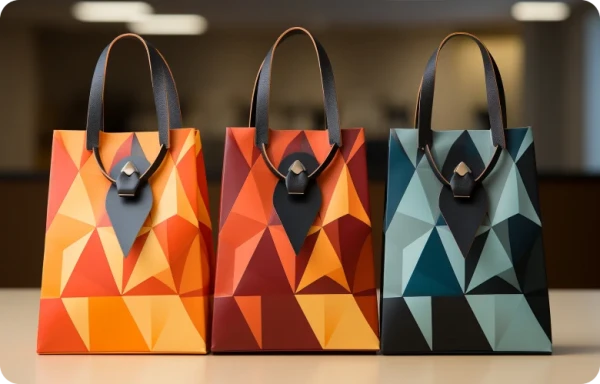Key Trends in Healthcare Packaging for 2025
Healthcare packaging is transforming in
2025, driven by innovation and sustainability.
Here are the top trends shaping the industry:
- Sustainable packaging is taking center stage. With growing environmental concerns, the shift to biodegradable materials and eco-friendly designs is accelerating. Companies are adopting circular economy principles to reduce waste and carbon footprints.
- Smart packaging is revolutionizing the game. IoT-enabled solutions, like temperature-sensitive labels and tracking systems, ensure product safety and enhance patient engagement.
- Personalized packaging is on the rise. Tailored designs for patient-specific medications are improving usability and adherence.
- Anti-counterfeiting technologies are gaining traction. Advanced features like QR codes and blockchain integration are making medical packaging more secure.
These trends highlight how
healthcare packaging is not just about protection but also about innovation, sustainability, and patient-centric solutions. Stay tuned as we explore these developments in detail.
Innovations in Healthcare Packaging
The world of
healthcare packaging is buzzing with groundbreaking innovations in
2025.
Here’s what’s changing the game:
- Advanced materials are leading the charge. Think of nanocomposites and antimicrobial coatings that enhance durability and safety.
- Blister packs are getting smarter. New designs improve child-resistant features while maintaining ease of use for patients.
- QR codes and NFC tags are transforming engagement. Patients can now scan packages for dosage instructions, expiry dates, and even product authenticity.
- 3D printing is revolutionizing customization. From patient-specific packaging to rapid prototyping, this technology is reshaping the industry.
- Anti-counterfeiting measures are stronger than ever. Innovations like tamper-evident seals and blockchain tracking ensure product integrity.
These innovations aren’t just about functionality—they’re about creating
safer, smarter, and more sustainable healthcare packaging solutions. The future is here, and it’s exciting.
Regulatory Compliance and Standards
Navigating
regulatory compliance is a cornerstone of
healthcare packaging. In
2025, the stakes are higher than ever.
Here’s what you need to know:
Meeting these regulations isn’t just about avoiding penalties—it’s about ensuring
patient safety and maintaining brand credibility. As the industry evolves, so do the rules. Staying ahead is key to success in
healthcare packaging.
Sustainable Healthcare Packaging Solutions
In
2025, sustainability is no longer a choice—it’s a necessity.
Healthcare packaging is stepping up to the challenge.
Here’s how:
- Biodegradable materials are replacing traditional plastics. Think compostable films and plant-based polymers that reduce environmental impact.
- Recyclable packaging is gaining momentum. Companies are designing solutions that fit seamlessly into circular economy models.
- Lightweight designs are cutting down on waste. Less material means a smaller carbon footprint without compromising safety.
- Eco-friendly inks and adhesives are becoming standard. These small changes make a big difference in reducing toxicity.
The shift to
sustainable healthcare packaging isn’t just good for the planet—it’s good for business. Consumers and regulators alike are demanding greener solutions. By embracing sustainability, the industry is paving the way for a healthier future.
Best Practices for Designing Healthcare Packaging
Designing
healthcare packaging is both an art and a science. In
2025, these best practices are setting the standard:
- Prioritize patient safety. Packaging must protect products from contamination, tampering, and environmental factors.
- Ensure usability. Designs should be easy to open, especially for elderly or disabled patients, while maintaining child-resistant features.
- Incorporate clear labeling. Instructions, dosage details, and expiry dates must be easy to read and understand.
- Balance aesthetics with functionality. Attractive designs build brand trust, but they must never compromise on safety or compliance.
- Collaborate with stakeholders. Work with manufacturers, regulators, and end-users to create packaging that meets everyone’s needs.
By following these practices, companies can create
healthcare packaging that’s not only effective but also user-friendly and compliant. After all, great design saves lives.
Future of Healthcare Packaging
The future of
healthcare packaging is bright, and
2025 is just the beginning.
Here’s what’s on the horizon:
- AI and machine learning will revolutionize packaging design. Predictive analytics will optimize materials and processes for better efficiency.
- Blockchain technology will enhance supply chain transparency. Patients and providers can track products from factory to pharmacy with ease.
- Emerging materials like graphene and bio-based polymers will redefine durability and sustainability.
- Personalized packaging will become the norm. Tailored solutions for individual patients will improve adherence and outcomes.
The future isn’t just about innovation—it’s about creating
healthcare packaging that’s smarter, safer, and more sustainable. As technology advances, so does the potential to transform lives.
Frequently Asked Questions About Healthcare Packaging
Q1: What is healthcare packaging?
A: Healthcare packaging refers to the materials and designs used to protect, preserve, and deliver medical and pharmaceutical products. It ensures
product safety,
regulatory compliance, and ease of use for patients.
Q2: Why is sustainable packaging important in healthcare?
A: Sustainable healthcare packaging reduces environmental impact by using
eco-friendly materials and processes. It aligns with global efforts to minimize waste and carbon emissions while maintaining
product safety and efficacy.
Q3: How does smart packaging work in healthcare?
A: Smart packaging integrates technologies like
IoT sensors,
QR codes, and
NFC tags to provide real-time tracking, temperature monitoring, and patient engagement, enhancing safety and usability.
Q4: What are the latest innovations in medical packaging?
A: Recent innovations include
3D-printed packaging,
nanocomposite materials,
anti-counterfeiting technologies, and
personalized medication packaging tailored to individual patient needs.
Q5: How can companies ensure regulatory compliance in healthcare packaging?
A: Companies must adhere to
FDA,
EU MDR, and
ISO standards, use
tamper-evident and
sterile packaging, and regularly audit their processes to meet global
regulatory requirements.
